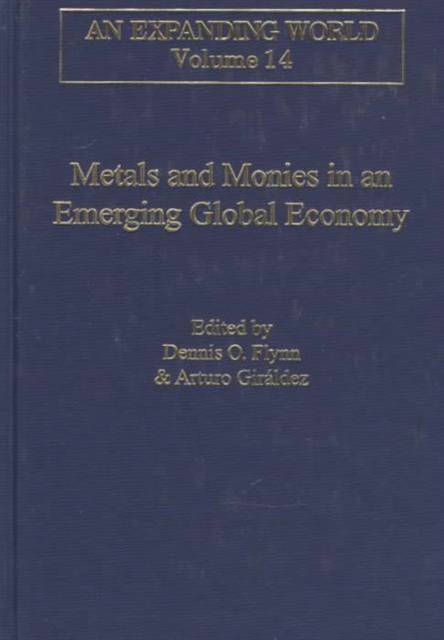
- Afhalen na 1 uur in een winkel met voorraad
- Gratis thuislevering in België vanaf € 30
- Ruim aanbod met 7 miljoen producten
- Afhalen na 1 uur in een winkel met voorraad
- Gratis thuislevering in België vanaf € 30
- Ruim aanbod met 7 miljoen producten
Zoeken
Omschrijving
The literature on early-modern monetary history is vast and rich, yet overly Eurocentric. This book takes a global approach. It calls attention to the fact that, for example, Japan and South America were dominant in silver production, while China was the principal end-market; key areas for transshipment included Europe and Africa, India and the Middle East. Europeans were often just middlemen. Other monetized substances - gold, copper and cowries - must also be viewed globally. The interrelated trades in metals and monies are what first linked worldwide markets, and disequilibrium within the silver market in the 16th and 17th centuries was an active cause of this global trade.
Specificaties
Betrokkenen
- Auteur(s):
- Uitgeverij:
Inhoud
- Aantal bladzijden:
- 404
- Taal:
- Engels
- Reeks:
Eigenschappen
- Productcode (EAN):
- 9780860785316
- Verschijningsdatum:
- 29/05/1997
- Uitvoering:
- Hardcover
- Formaat:
- Genaaid
- Afmetingen:
- 175 mm x 246 mm
- Gewicht:
- 889 g

Alleen bij Standaard Boekhandel
+ 351 punten op je klantenkaart van Standaard Boekhandel
Beoordelingen
We publiceren alleen reviews die voldoen aan de voorwaarden voor reviews. Bekijk onze voorwaarden voor reviews.











